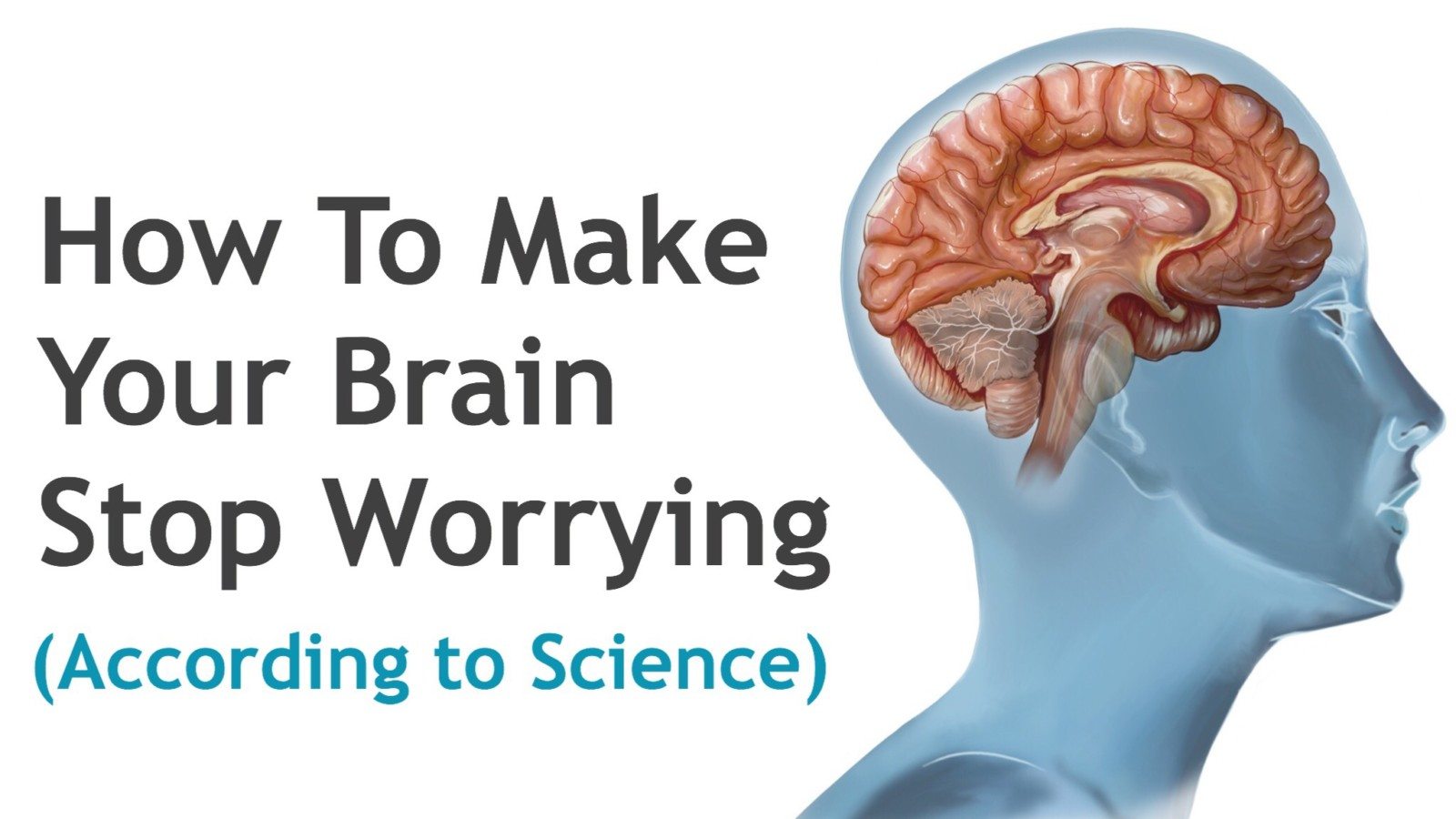According to the National Institute of Mental Health, over 18 percent of American adults suffer from anxiety disorders, characterized as excessive worry or tension that often leads to other physical symptoms. ~ California Institute of Technology
Did you know that we have ‘two’ brains?
Well, structurally we may have one; but cognitively we have two. You see, there’s the “thinking” brain and the “non-thinking” brain.
New York University (NYU) brain scientist, Joseph LeDoux, sums it’s up nicely: “connections from the emotional systems to the cognitive (thinking) systems are stronger than connections from the cognitive systems to the emotional systems.”
The system that Dr. LeDoux is talking about is the limbic system, which is a set of structures deep within the breath that evokes the emotional response. The limbic system, which includes the hippocampus and amygdala, is the oldest within the brain.
The thinking part of our brain, the prefrontal cortex (PFC) is the newest. This helps explain why, though we’re intelligent creatures, we sometimes make dumb decisions. Maybe we’ll buy something on “sale” out of fear the sale will expire, or we’ll reach for a pint of Ben and Jerry’s though we need to “weigh in” the morning after.
The worrying brain will overrule the thinking brain every time if we don’t know to override it.
And make no mistake, it is essential to know how to overrule the worrying brain.
Because of the fast-paced, 24/7, “always on” society designed for us, we’re overwhelmed by stimulation. Stimulation, regardless if it’s positive or negative, activates the brain’s fight-or-flight (FoF) response.
Overstimulation plus overwhelm equals bad decisions. Remember this formula: (Os + Ow = Bd).
Overriding the limbic system
If you could see inside of your brain when your eyes meet some object of your delight (shoes, clothes, a handsome man, a beautiful woman), you’d see a massive amount of electrical activity firing from the limbic system to your cortex.
Your emotional brain is telling your thinking brain what to do.
Now, there’s some good (great!) news and some bad news. The good news is that you can override your limbic system’s tendency to let emotions control your life. The bad news is that it takes time and effort.
But if you’re willing to invest that time and effort, you’ll reap some incredible rewards.
As an incentive, please take out a piece of paper and pen (I’ll do the same, I promise!)
Now, write down three benefits you can think of if emotions didn’t control your life. Take 2-3 minutes. Please don’t move on until you’ve written down these three benefits – it’s essential to the rest of this article.
(Left blank intentionally…you’re done, right?)
Okay then!
To show you this writer is true to his word, here are three items:
- Be less stressed
- Save more money
- Be more productive
Keep this list somewhere you can see it! It’ll serve as a great motivator when things get tough.
HOW TO STOP WORRYING SO MUCH
To be clear, our goal is to reverse the brain’s default pathway from the limbic system to the cortex. That is, to get your brain’s cortex telling the limbic system what to do!
We’re going to discuss five steps which, if studied and regularly practiced, will help you control the worrying brain. It helps to keep a journal, as these steps will require delving into your thoughts. Writing your thoughts on paper will do two things: (1) help you remember the five steps, and (2) provide context to fleeting thoughts.
Please Continue To The Next Page (>)…









